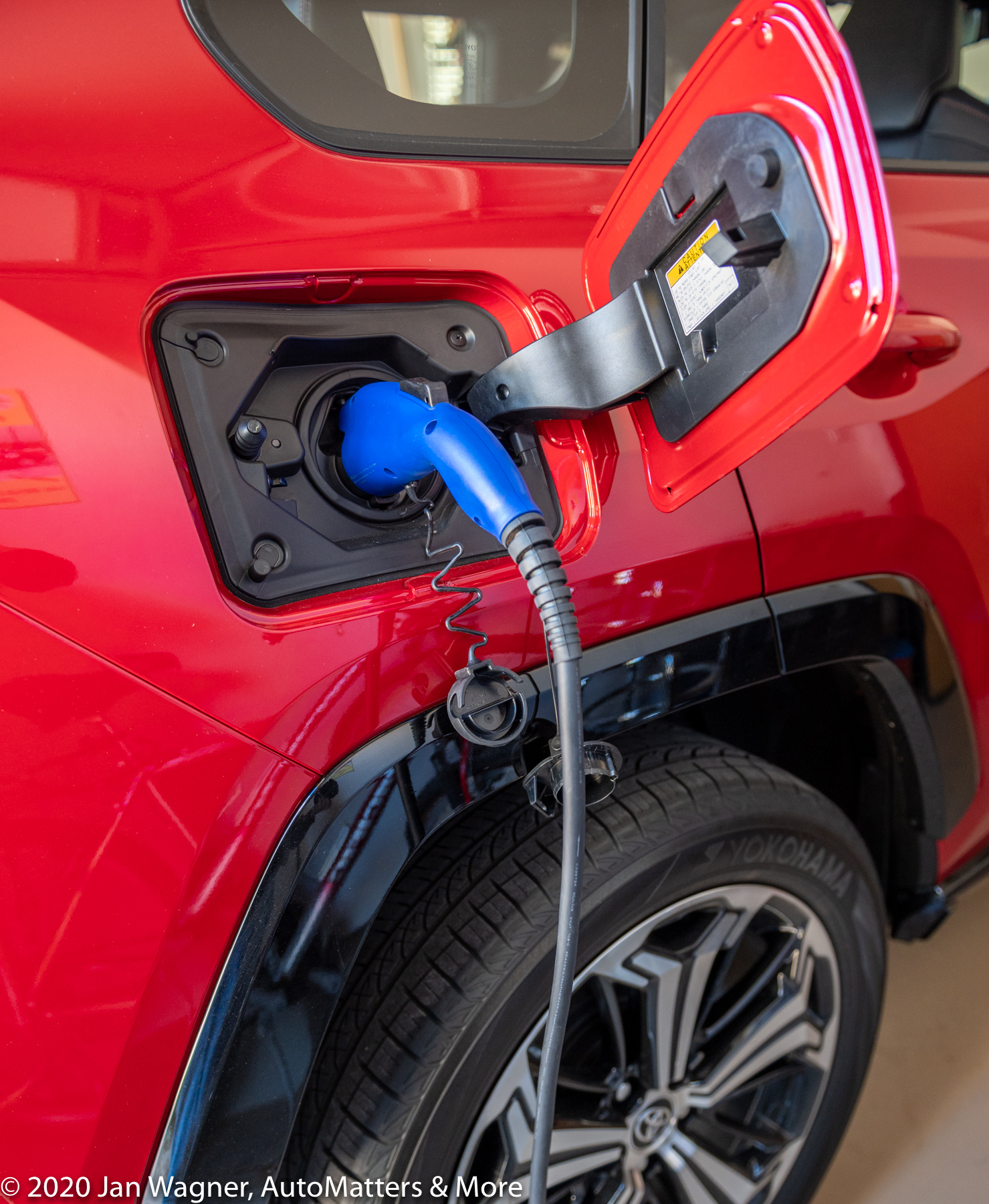
Public EV charging not yet good enough
I just returned from covering CES (the Consumer Electronics Show) in Las Vegas. The trip from San Diego to Las Vegas and back gave me a good opportunity to continue to evaluate whether or not the EV charging situation is suitable for reliable travel, when you cannot recharge at home or at work.
I have been testing the recharging situation for several years — first with a 2012 Toyota Prius plug-in hybrid (which could be minimally recharged for an electric range of about eight or nine miles, but mostly it ran in hybrid mode), and then with my current daily driver — a 2021 Toyota RAV4 Prime plug-in hybrid, with a reasonably consistent 42-mile range when powered by electricity alone.
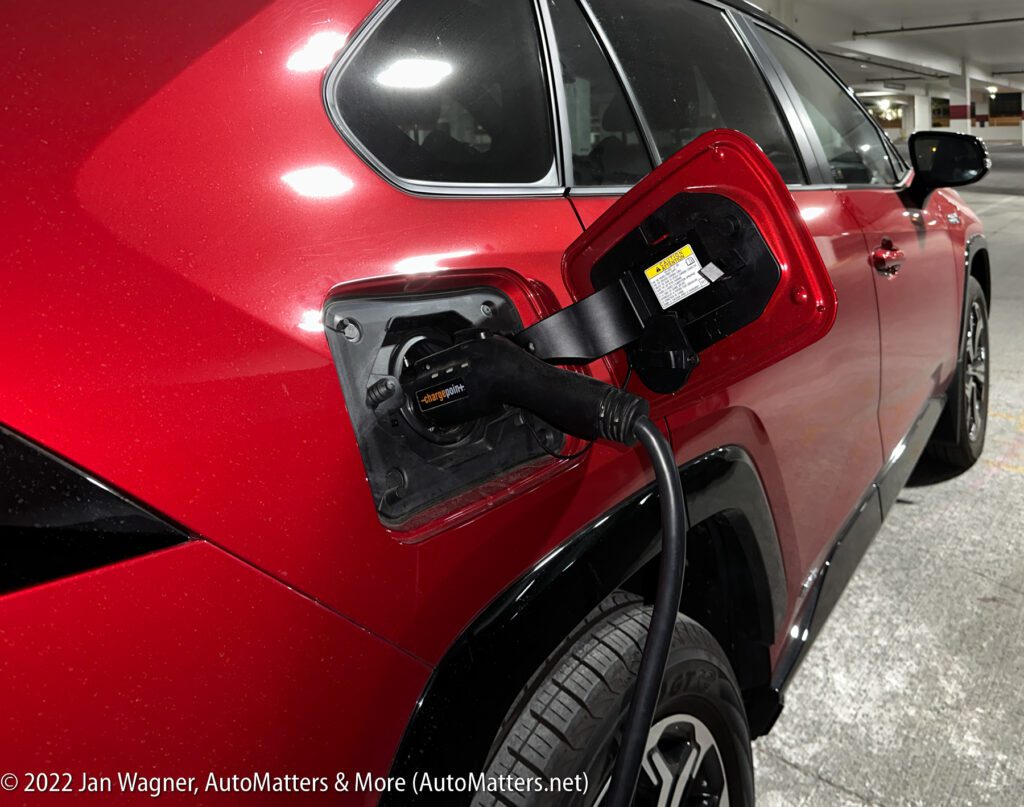
This enabled me to see how well the recharging infrastructure was evolving, without the risk of either getting stranded if I ran out of charge, or if I needed to park somewhere to (slowly) recharge.
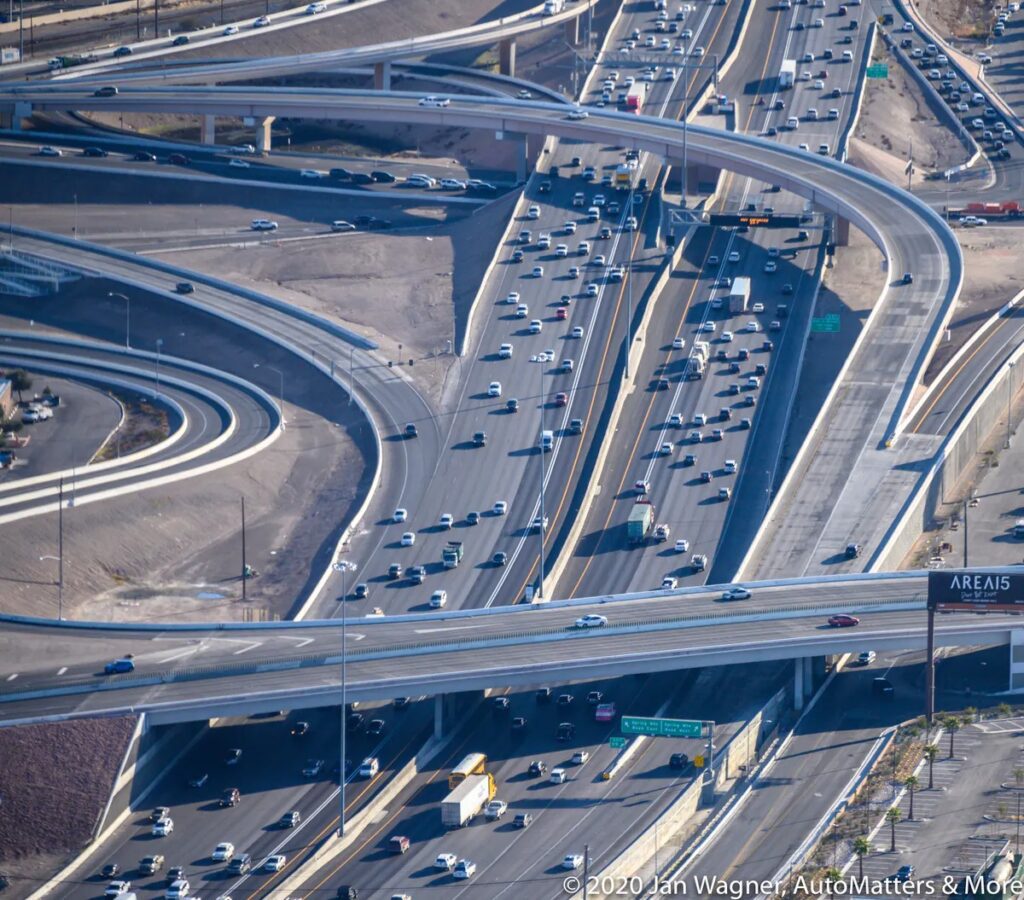
The beauty of a plug-in hybrid with lots of EV range is that it may provide enough electricity for you to go to work, run your daily errands and so forth. Otherwise you have the convenience of using gas and the well-developed refueling infrastructure.
My 350-mile trip to Las Vegas began at home with a full tank of gas and a full charge — conveniently provided by my rooftop solar panels, which make EV driving when I can charge at home very affordable, as compared to running on gas.
350 miles is just beyond what the most affordable EVs can accomplish on a single charge —under ideal EV operating conditions. Factor in very cold temperatures, strong headwinds, lots of uphill driving, hard acceleration, aging batteries and so forth, and EV range can drop very significantly. Those factors alone have meant that I am still not ready to buy a pure EV.
However, that is not all of this story. Assuming that you can recharge when you need or want to, given the availability of public chargers on your route or at your destination, a pure EV might still be a good choice for you. Problems with that ideal notion are that public EV chargers are often fully in use by other motorists — who may not return to unplug for hours — and other chargers may not be in use because they are broken.
My EV charging hope for this trip was that I would be able to recharge daily at my hotel, which offered free charging at six chargers. However, providing only six chargers for an entire Las Vegas resort hotel is insufficient to meet the demands of their guests with EVs, not to mention the fact that other drivers who are not guests could also use those chargers. The kicker was that not all of those six chargers were working.

I’ve stayed at this resort hotel twice per year for several years, to cover the SEMA Show and CES. During my stay here for the 2022 SEMA Show, I reported to ChargePoint and to the hotel manager on duty that two of the chargers were broken, but when I returned to the hotel a few months later for CES 2023, those two chargers were still broken.
Furthermore, when I returned again many months after that for the 2023 SEMA Show, those two chargers were still broken — the only difference being that someone had taped over the front panel with a big, red “X.”

Fast-forward to this month’s trip to cover CES 2024. The red “X” was still taped over the first two broken chargers, but now one of the four remaining chargers was broken, too.
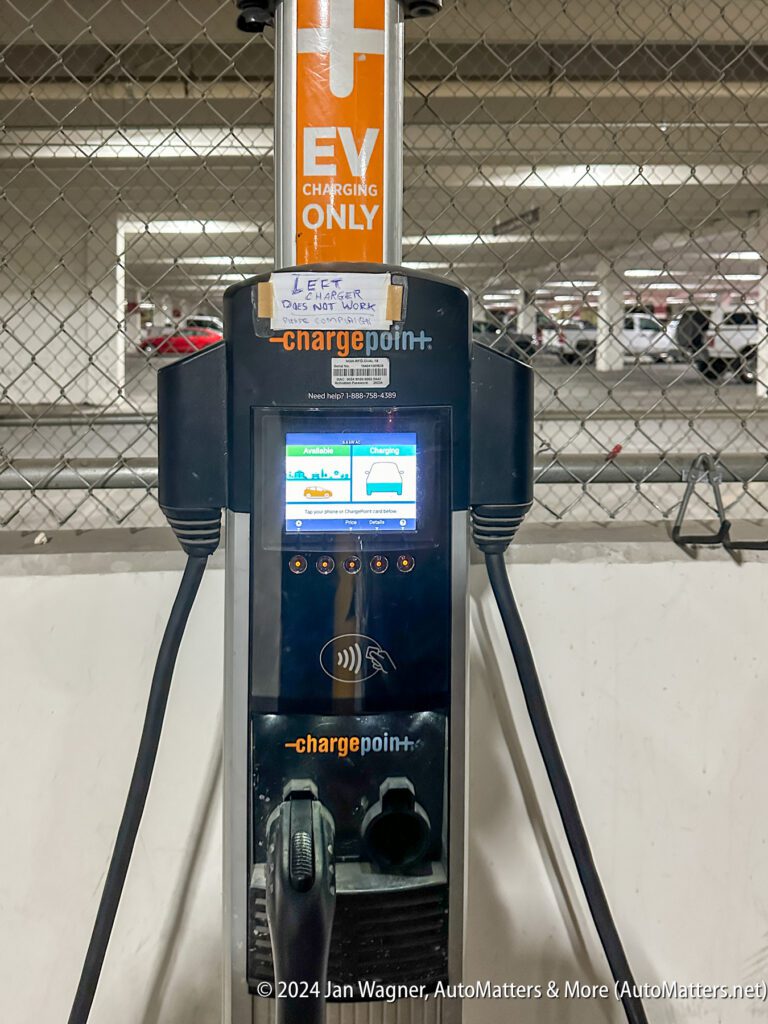

Two nearby hotel maintenance workers tried unsuccessfully to fix the broken charger’s handle. They told me that an outside contractor was supposed to maintain the equipment, but obviously was not doing so. Later, the hotel’s manager on duty confirmed that.
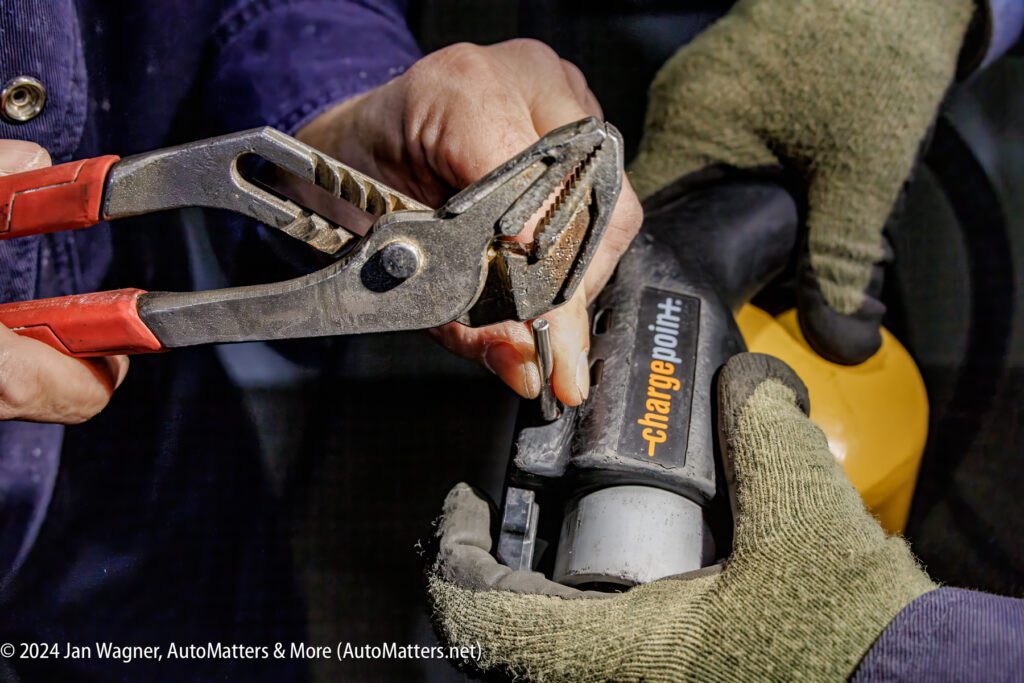

This is not a unique experience. In contrast, I saw several Tesla Superchargers on my trip. There were many cars parked and charging at those. If only my older plug-in hybrid EV could use them, but they are incompatible.
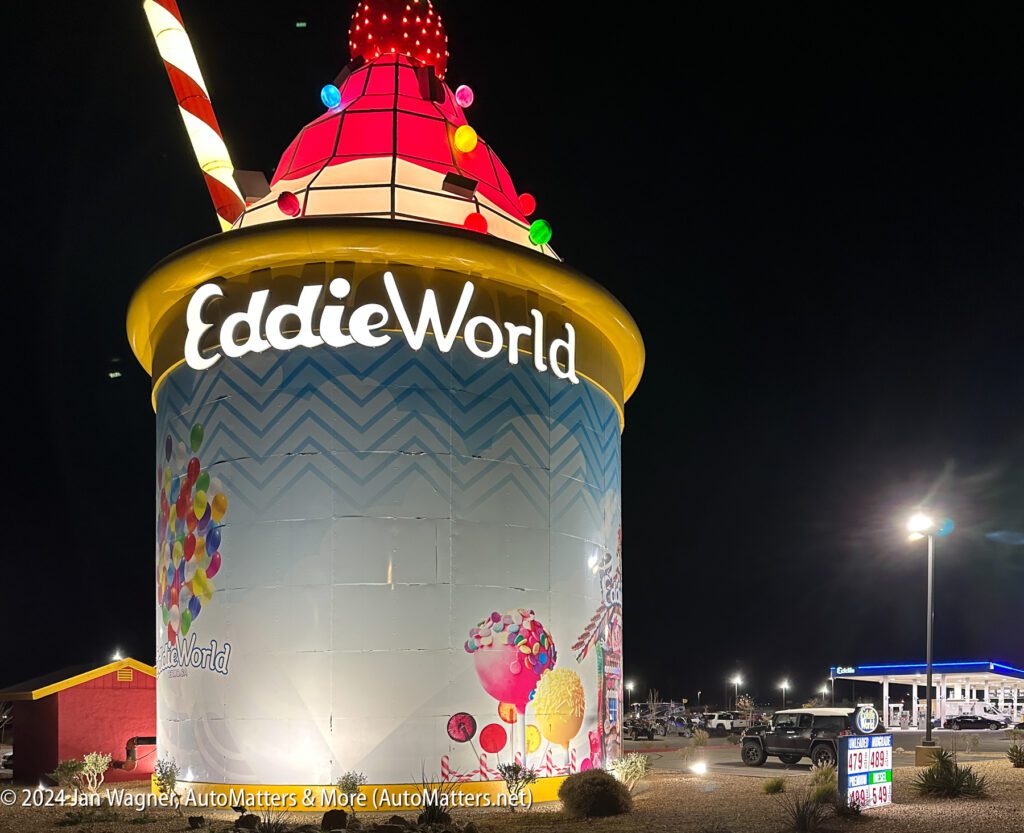

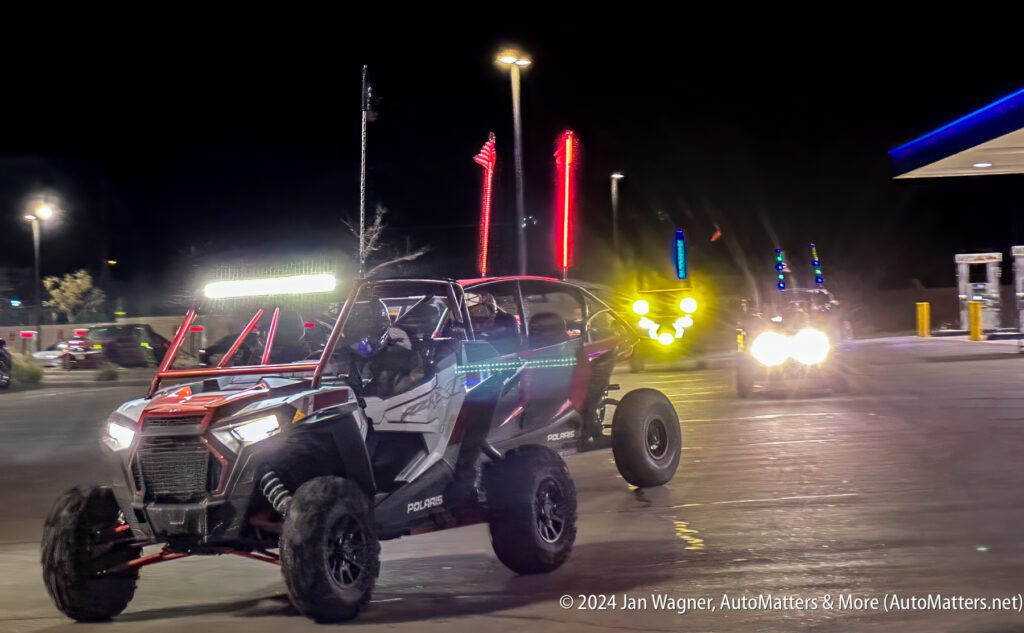
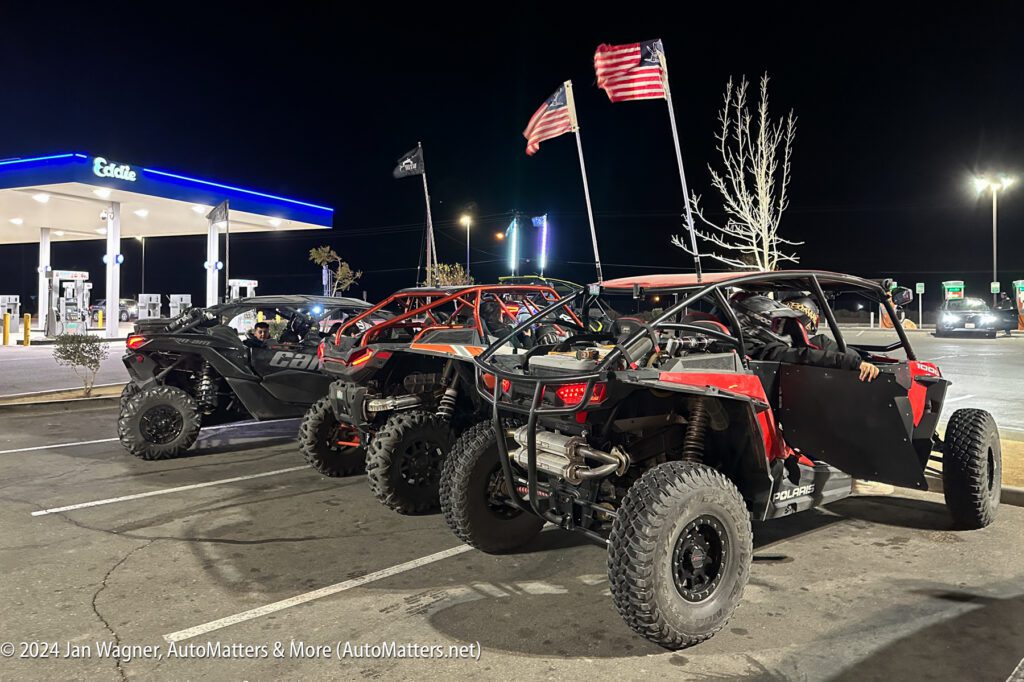








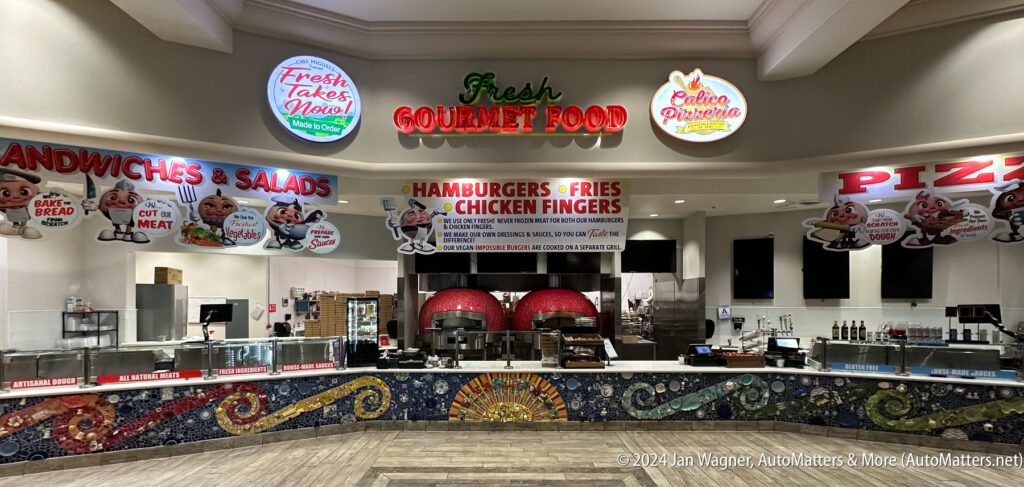


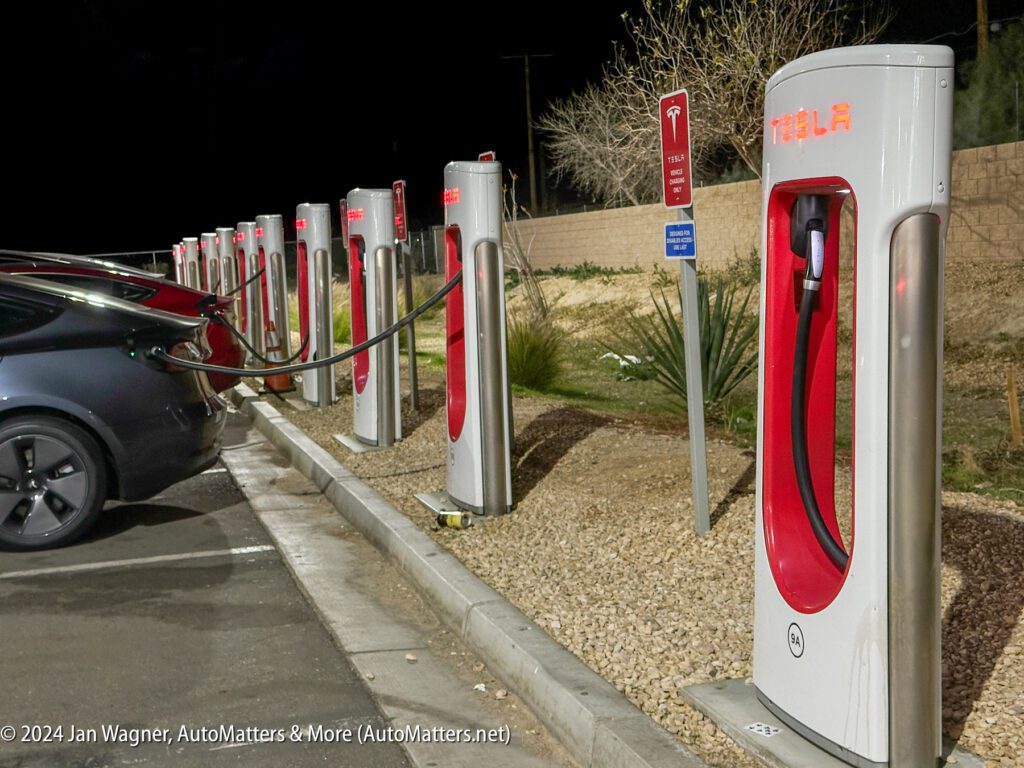
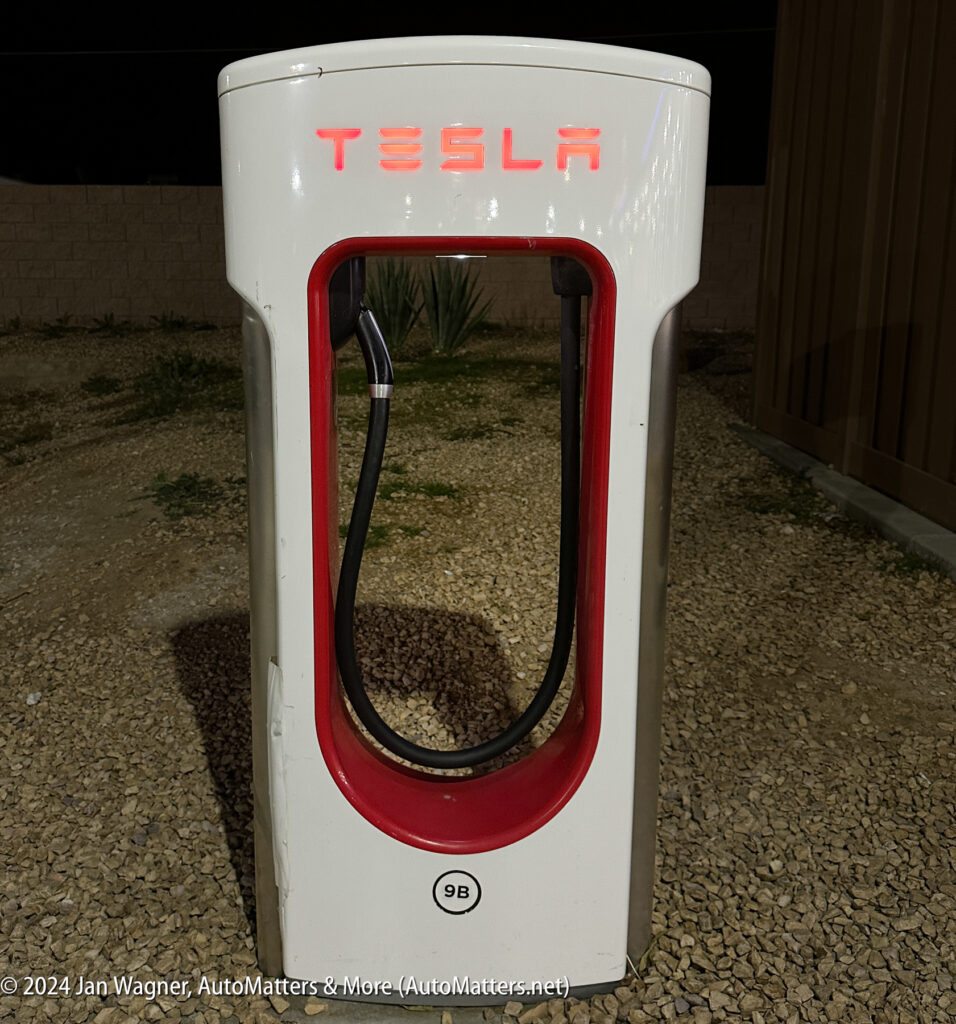
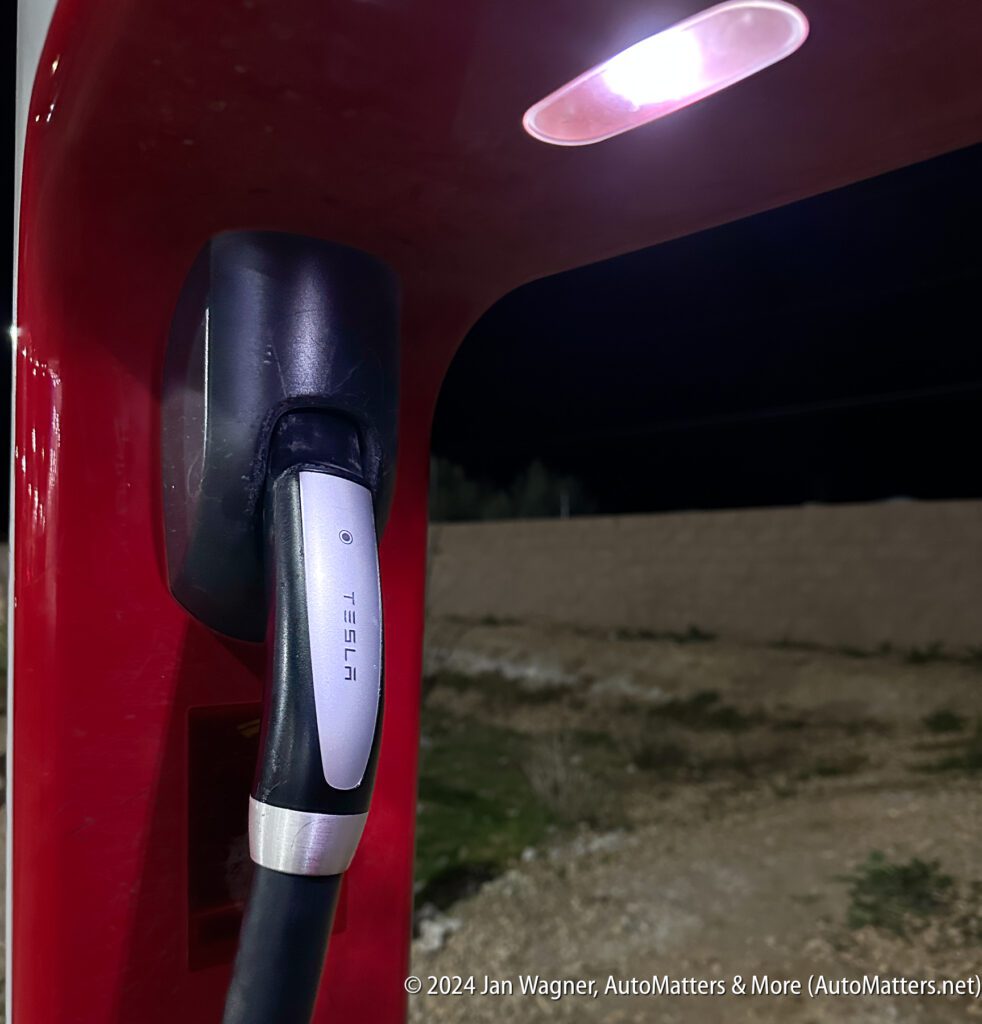
Until the EV industry gets its act together, I will not be getting or recommending a pure EV.

To explore a wide variety of content dating back to 2002, with the most photos and the latest text, visit “AutoMatters & More” at https://automatters.net. Search by title or topic in the Search Bar in the middle of the Home Page, or click on the blue ‘years’ boxes and browse.

Jan, great article on the trials and tribulations of owning a pure EV and trying to make a continuous trip beyond the range of your vehicle. I don’t know how a respectable hotel can tolerate chargers being out of commission for months on end. They wouldn’t allow that for their heating, cooling or plumbing systems, but when chargers are third party owned, responsibility falls through the cracks.
Until last week, the mainstream press has been reluctant to cover the problems of charging in the more frigid regions of America. During a spell of cold weather extending from Northern Texas to Illinois, and with temperatures plunging to -10F, EV owners, mostly Tesla, were unable to charge their batteries.
Owners were unaware of the need to precondition batteries for charging. (Keep car in garage or drive it sufficient distance to warm up, for example). Drivers were arriving at charging stations with cold batteries and they would not charge. The cars had to be towed away while the drivers went home in taxis…in snowstorms no less. A lot of education has to take place.
I agree with your view not to purchase pure EVs right now…I wouldn’t touch one. When I make a trip, it’s usually a long one, Pennsylvania to Nova Scotia for example. I couldn’t face the hassle of planning hotels with chargers (I don’t think there are any).